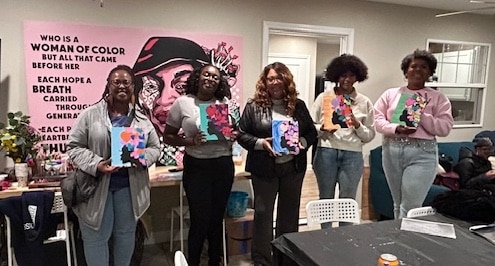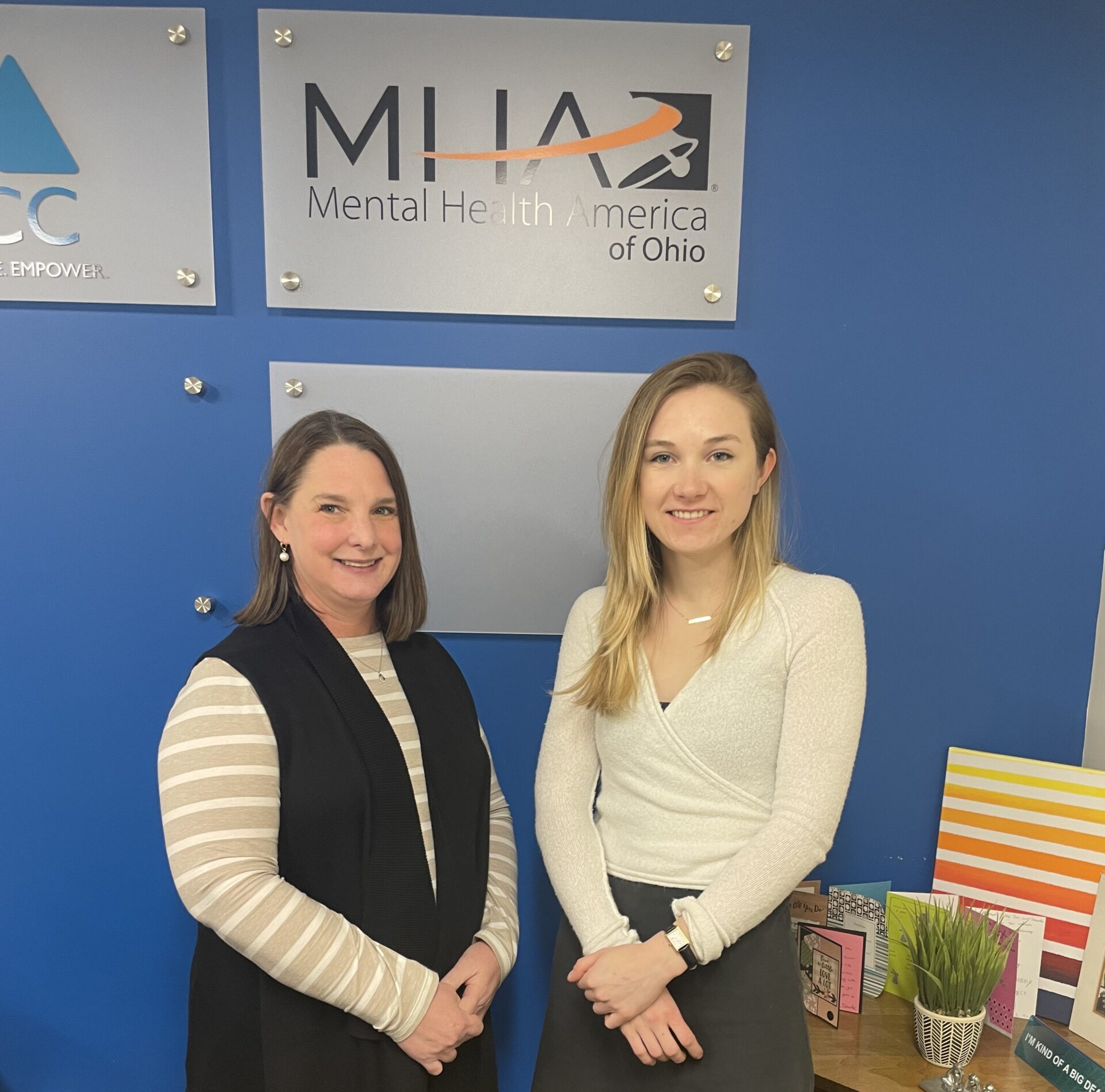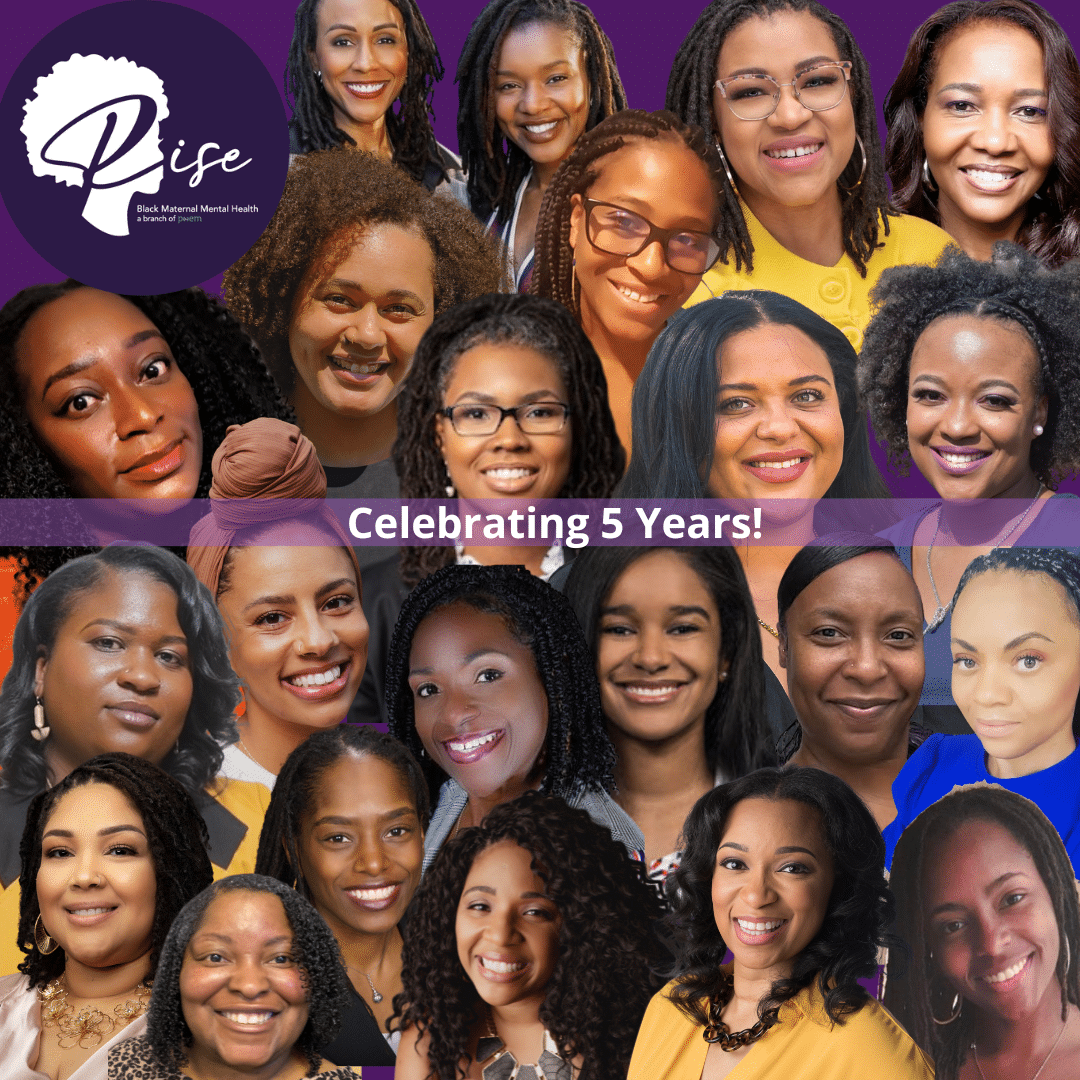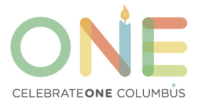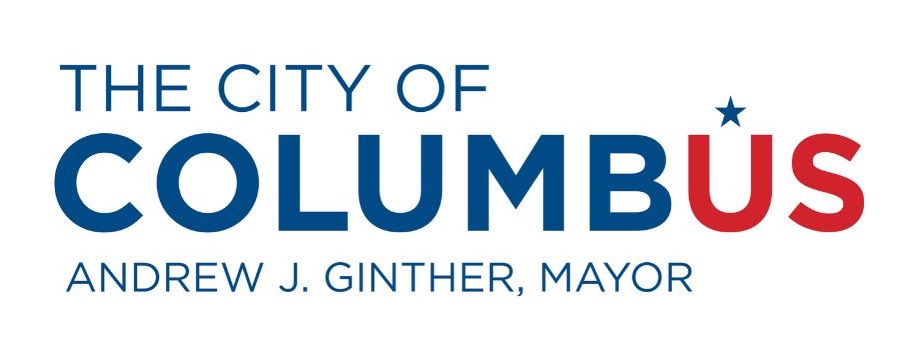Dr. Cora Munoz is the President of the Ohio Asian American Health Coalition and the President of the Asian Festival Corporation in Columbus. After many years in healthcare, she now dedicates her time to improving health inequities for the vibrant Asian community in Central Ohio.
“The Asian community in Columbus and throughout the state is not very large compared to other minority groups,” Dr. Munoz says. “We are rapidly growing, particularly with new refugees coming from Bhutan and Nepal, and there are about 16 Asian subgroups overall. We’re a very diverse, heterogeneous, non-monolithic group.”
With so many different cultural and religious backgrounds, languages, and lived experiences, bringing the Asian community together can sometimes be a challenge. But Dr. Munoz strives to find commonalities so that together, they can address their collective needs. She explains that mental health is a major concern for the Asian community, but the stigma of receiving support is profound.
“People don’t talk about mental health challenges in the Asian community. There is stigma. I would like to say that the stigma is extensive because it’s not just associated with individual shame. When you are labeled with a mental health problem, it’s not only you who they see as unwell, it’s your family and your ancestors. So, it can impact your life in a very real way.”
Dr. Munoz says that the label that comes with mental illness is so severe that sometimes Asians do not seek counselors with the same cultural background, because they do not want to run the risk of anyone in their community finding out. This creates additional barriers to receiving proper care.
“Expression of depression is different in the Asian community. In general, it is expressed through somatic complaints, meaning they might say they have a headache or stomachache. They may say they feel tired or can’t sleep. Those can all be symptoms of depression, but if you ask them if they are depressed, they will say no. So, clinicians need to be aware of this and explore further.”
There are many efforts in motion right now with the state of Ohio to address these barriers. Dr. Munoz is working on a project that would improve interpretation services in healthcare settings. She is also providing Mental Health First Aid (MHFA) training to key members, also called “cultural liaisons,” of the community who then share what they’ve learned with their friends, neighbors, and family. But, she says, this is not a perfect system.
Oftentimes, funding for translation efforts prioritizes only one language in the Asian community, typically Mandarin. But this assumes that every person in Asia can speak Mandarin, which is not the case. Furthermore, many languages do not have the vocabulary for mental illness. Munoz says, “There may not be a direct word for depression in some Asian languages.”
For these reasons, translating mental health information, including MHFA literature, can get costly. But because many of the communities are extremely small, they often get left behind in budget considerations.
“That community may be small in number, but if you’re the person who needs that information, as a citizen, you deserve to get that information,” she says. “But what happens, for the most part, is that the information never reaches that person.”
Implicit racial bias also plays into the lack of focus on services for the Asian community. Dr. Munoz explains that because Asians are often seen as the “model minority” they often get overlooked. But at the same time that Asians are viewed as particularly successful, there has also been a rise in anti-Asian sentiments and violence since the pandemic began. She shares that this increase has taken a toll on her and her community.
“People think that if you look Asian, you’re Chinese, therefore, you must be the one who brought [COVID-19] here. Older Asians and female Asians are most vulnerable. Many of us tend to stay at home. I’m an example. I don’t want to go out. I walk around my neighborhood here, and even though I’ve lived here for many years, now I’m watchful. I’m guarded.”
Dr. Munoz says that education and awareness can go a long way in reducing these impacts on the Asian community in Central Ohio. By checking our implicit racial biases and advocating for culturally sensitive resources, we can begin to dismantle the oppressive systems that exist today and build a community that values the health and wellbeing of all of its people.



